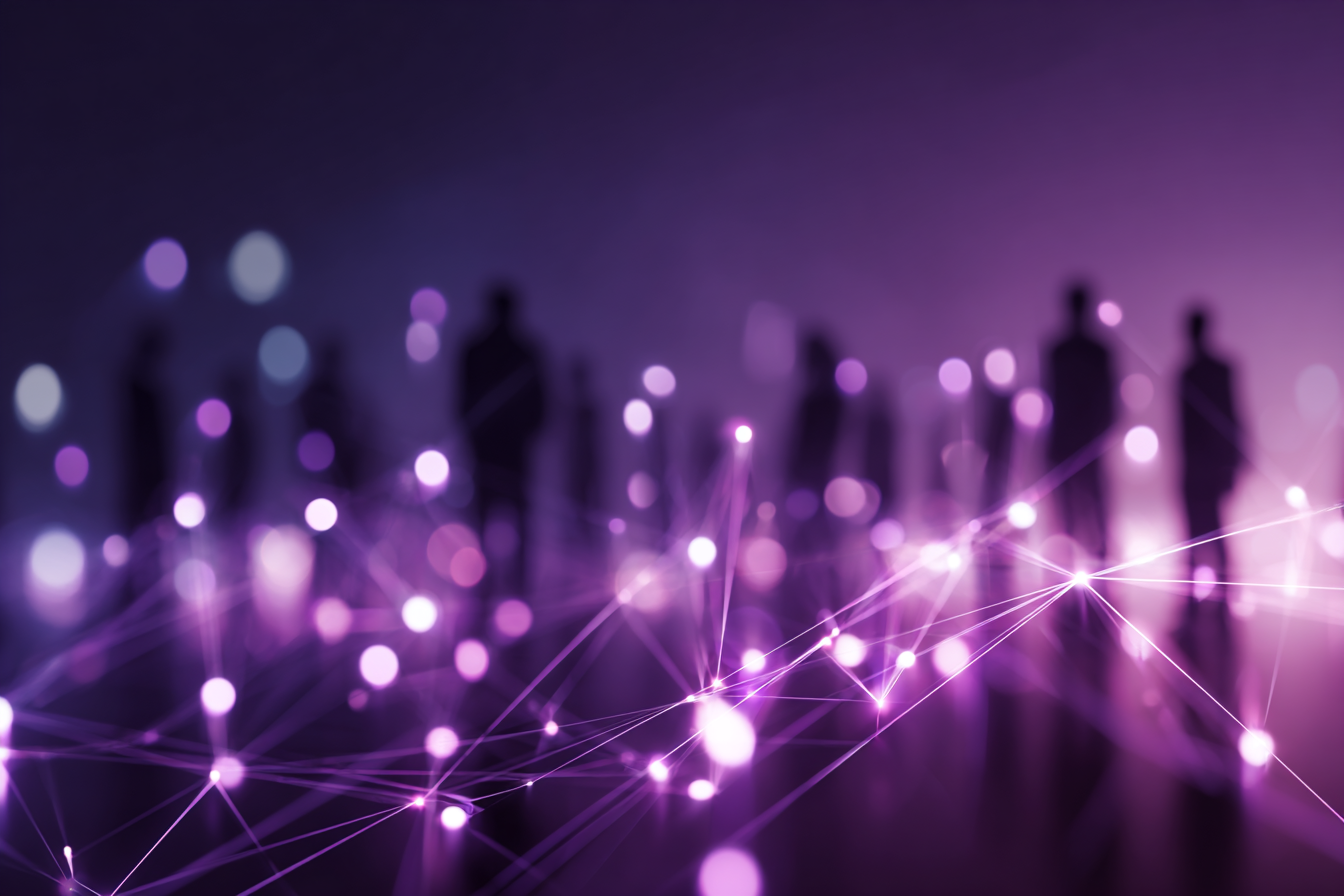
In a recent Adweek interview, Smartly CEO Laura Desmond predicted that AI is sparking a “renaissance of creativity” in advertising. Rather than replacing human ideas, Desmond argues, AI frees teams from repetitive work so they can scale faster, test more concepts, and push campaigns into new creative territory.
For consumer PR and marketing leaders, the takeaway is clear: AI isn’t here to do our jobs for us. It’s here to expand what’s possible when we apply it thoughtfully, guard against risks, and keep brand storytelling at the center.
Consumer Behavior Is Changing in the Age of AI
While AI is fueling personalization, it’s also rewriting the consumer journey. Generative search tools like ChatGPT and Perplexity are quickly becoming go-to resources for discovery, reducing reliance on traditional search engines. Brands that once fought to rank on Google must now ensure they show up in AI-driven answer engines.
Local targeting is also advancing. Locality’s new “Advanced Audience Engine” helps advertisers deliver more precise, region-specific campaigns using AI and real-time data. For marketers, this reinforces the need to balance national reach with local authenticity.
But with these opportunities come risks. The Wall Street Journal recently reported that bot networks are using AI to drag consumer brands into culture wars. Reputation management is becoming more complex, and PR teams must be ready to identify and counter synthetic narratives before they take hold.
AI’s Impact on Personalization
Advertising technhas always shaped how brands reach consumer audiences, but AI is redefining the pace and engagement potential of that connection. Meta’s upcoming plan to use conversational data from its AI-powered chat tools to personalize ads marks a major shift that isn’t just about digital behavior, but where consumer intent is captured through more authentic dialogue. This presents both an opportunity and a responsibility for consumer communicators: as ads become smarter, the brand story must become more human.
For consumer PR professionals, that means working hand-in-hand with marketing teams to ensure storytelling complements AI-powered targeting. If advertising becomes hyper-personalized but disconnected from a brand’s earned narrative, consumer trust will erode. The inverse is also true: when advertising, marketing and PR strategies are integrated, AI can help brands deliver more consistent, emotionally resonant experiences across every touchpoint.
As personalization evolves, so should the stories that connect with consumers on a deeper level, and not just through paid channels, but through community engagement, influencer partnerships, and earned media moments that feel authentic and human.
AI is giving brands powerful new tools to refine and scale their messaging. But consumer PR will always be where authenticity lives. Our job now is to ensure that the creative possibilities unlocked by AI still ladder back to trust, emotion, and relevance to foster not only genuine connections with consumers, but long-lasting ones.
What PR and Marketing Leaders Should Do Now
The promise of AI-driven marketing is exciting, but the implications for brand strategy are serious. Creativity alone won’t cut it — execution, authenticity, and reputation protection are equally critical.
Marketers should start by rooting campaigns for brand purpose. AI can generate variations at scale, but it cannot invent the cultural insights and emotional truths that make consumer stories stick. Teams should also formalize “prompt design” workflows, treating them like creative briefs to ensure AI-generated content aligns with brand voice and values. Authenticity remains at the center of brand trust and loyalty, and today’s consumer can easily sniff out when that’s not the case.
Next, think about AEO (AI Experience Optimization) and GEO (Generative Experience Optimization). Sounds technical, but here’s the simple version: it’s about teaching AI what actually works. Track which tones, visuals, or stories your audience engages with most, then feed that data back into your AI tools. You’re not just generating more content, you’re making smarter content every time.
Example: If your social posts about sustainability outperform everything else, AEO/GEO means prompting your AI to lean into that language, visual style, and timing in future campaigns. It’s real-time learning that compounds over time.
On the PR side, crisis playbooks must evolve to account for AI-driven misinformation and bot-fueled amplification. Monitoring tools should be tuned to detect unusual spikes or synthetic narratives, and teams need clear escalation paths. Beyond the traditional channels, looking to where communities gather to connect on shared experiences, share concerns or ask questions – whether that’s Reddit, X, Discord, etc. – will be critical. Finally, as personalization becomes a baseline expectation, brands should test localized messaging to connect authentically with diverse audiences – across regions, generations, and cultural/social/political preferences.
Practical Next Steps for Marketers
Communications teams can take simple but effective steps to prepare: run creative sprints to test AI-generated campaign variations, audit content libraries for assets that can be easily repurposed with AI, pilot localized messaging in a few key markets, and train teams on prompt engineering and bias awareness. These actions help future-proof campaigns without requiring a wholesale reinvention of strategy.
The best results come when bold creative ideas are paired with disciplined execution. Designing workflows that are AI-ready, integrating earned and paid efforts, and anticipating reputation risks have become essential parts of modern communications. The balance of human insight and AI enablement allows brands to not just keep up with change, but lead it.
Laura Desmond is right: we are at the start of a creative renaissance. But it will only become one if consumer marketers adopt AI with intention: scaling experimentation responsibly, protecting authenticity, and keeping people at the core of every campaign.





